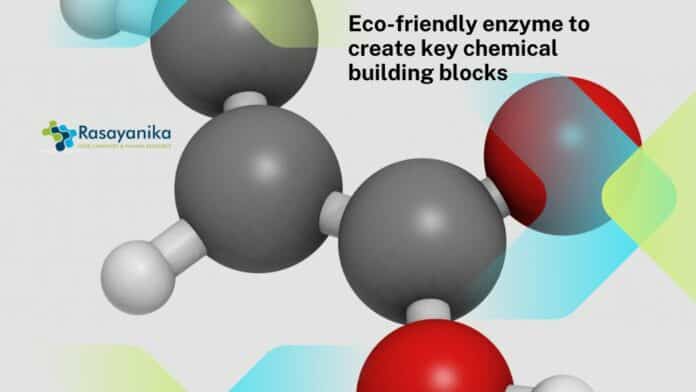A team of researchers from the Center for Advanced Bioenergy and Bioproducts Innovation (CABBI), the University of Illinois Urbana-Champaign, and Xiamen University in China has developed a revolutionary photoenzymatic approach to synthesize crucial chemical building blocks called chiral amines. Chiral amines find wide application in the synthesis of agrochemicals and other valuable products. This clean and efficient method overcomes a long-standing challenge in synthetic chemistry.
The research focuses on hydroamination, a complex chemical reaction used for producing chiral amines. The team designed a photoenzymatic system that effectively controls unstable nitrogen-centered radicals in a reaction known as enantioselective intermolecular radical hydroamination. This specific reaction has been a major hurdle in chemistry due to the high reactivity of radicals, which contain unpaired electrons.
The novel approach involves natural enzymes, which are proteins found in living organisms that catalyze reactions in biocatalysis. These enzymes offer high selectivity and allow researchers to direct them to act on specific substrates and create target products. By combining photocatalysis with natural enzymes, the researchers repurposed an ene-reductase enzyme with natural light to achieve intermolecular radical hydroamination with excellent enantioselectivity. This achievement is crucial because chiral compounds, such as DNA molecules and amino acids, cannot be perfectly superimposed
on their mirror images.Chirality plays a significant role in various agrochemical products, with one enantiomer often exhibiting higher activity and selectivity. Therefore, efficient methods to produce chiral molecules are essential. The discovery of this new photoenzymatic system provides promising applications for transforming bioenergy grasses into high-value manufacturing products. Fatty acids derived from plant biomass can be converted into the unsaturated compounds used in the study, potentially leading to the production of chiral amines.
The research has far-reaching implications for biomanufacturing, offering a platform to produce chiral amines, which are precursors for valuable molecules, from fatty acid-derived materials. This discovery opens the door to further investigations into converting fatty acids into chiral amino acids, benefiting the production of agrochemicals and various molecules and materials.
The collaborative efforts of the CABBI team and researchers worldwide have brought significant progress to understanding the fundamentals of this system. The team believes that this breakthrough will lead to further discoveries involving nitrogen-centered radicals.
The novel method developed by the research team holds promise for industrial applications, and the researchers hope that companies will use it to create their products. Moving forward, they aim to continue exploring new enzyme-catalyzed reactions, particularly using biomass produced by CABBI, in pursuit of more eco-friendly and efficient manufacturing methods.
Eco-friendly enzyme Looking for latest chemistry and Pharma job openings, follow Rasayanika Facebook and Telegram and subscribe to our youtube channel for the latest updates on chemistry and Pharma job

















































